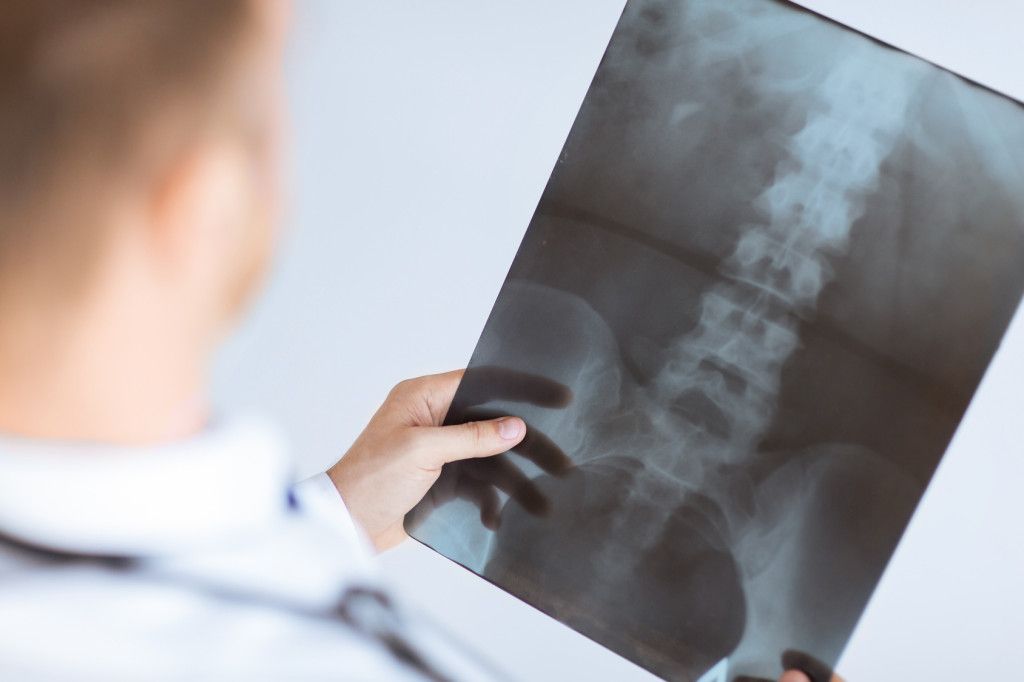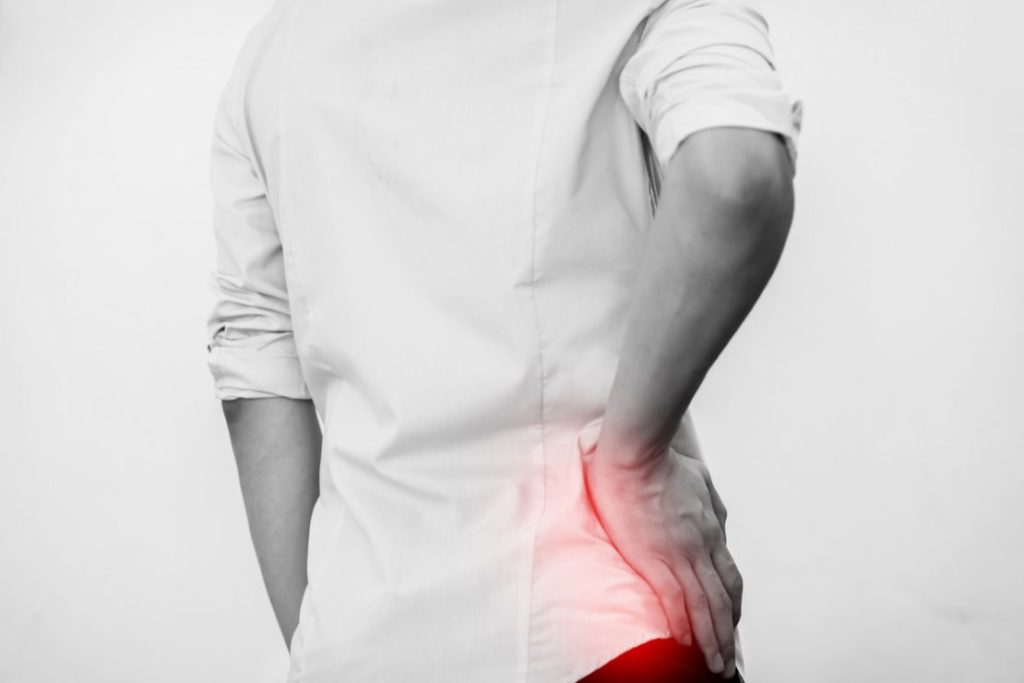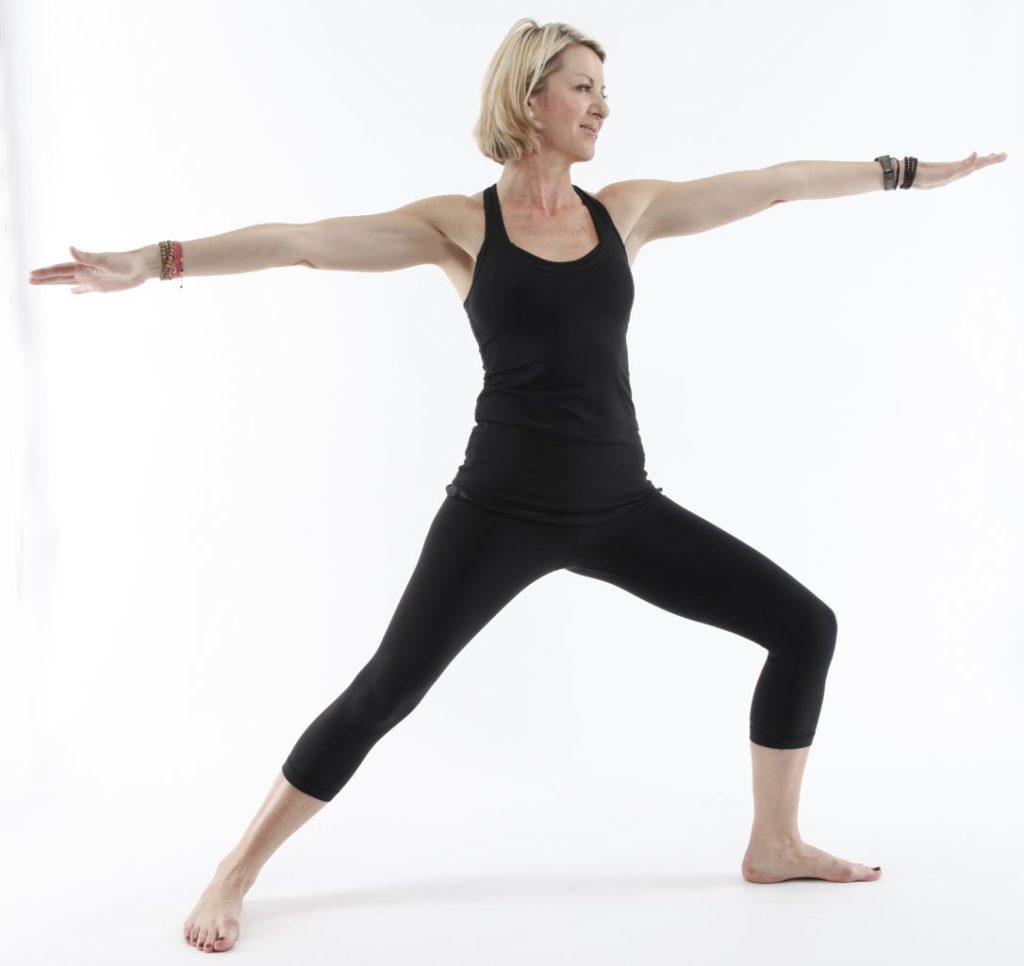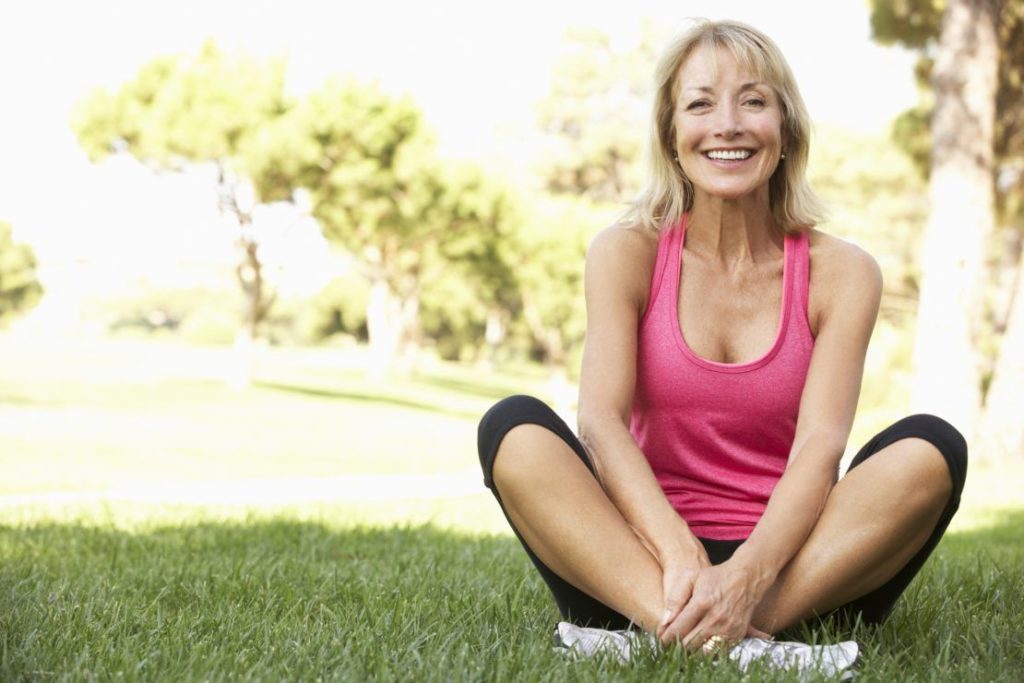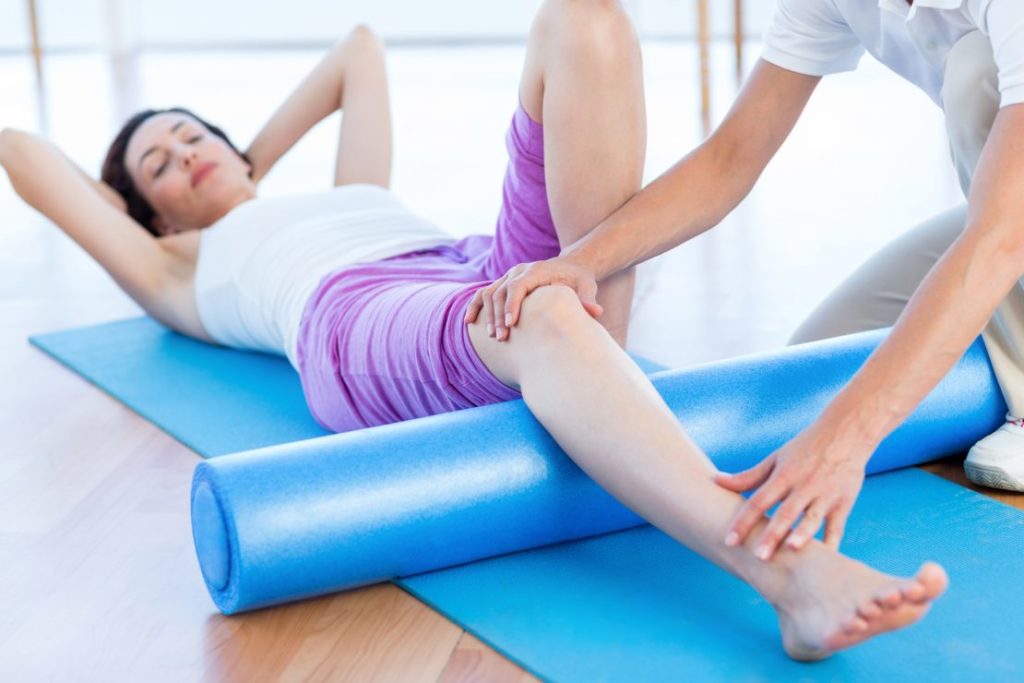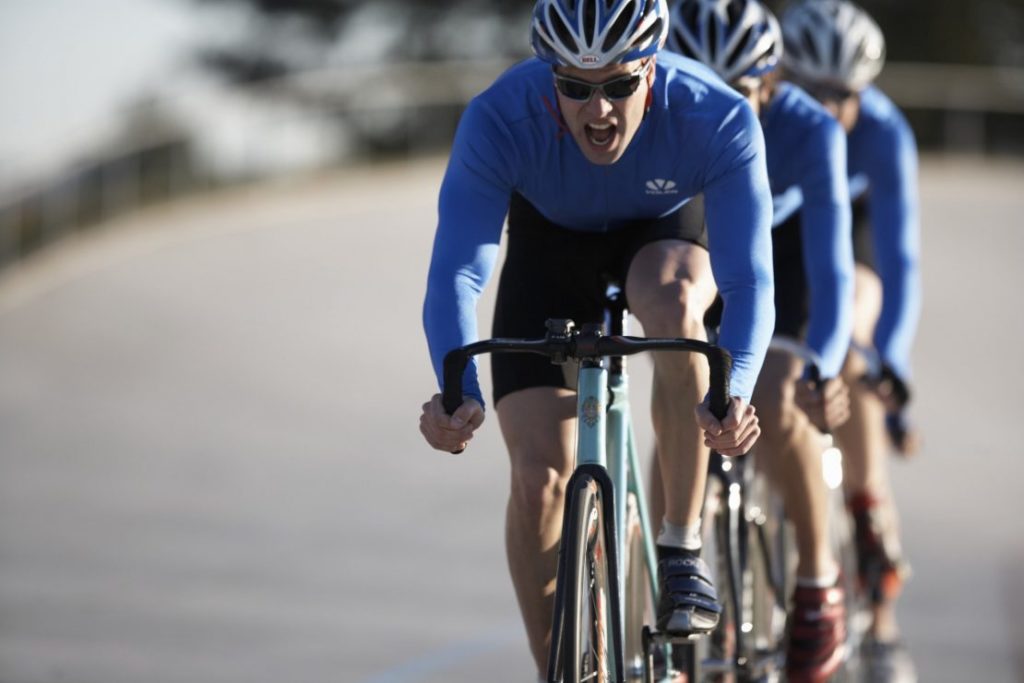Hips and knees are both major joints in the body. The hips carry much of the body’s weight while the knees are put under pressure with every step. These joints play major roles in normal functionality. Unfortunately, one chronic pain condition may lead to another. There are several cases of chronic hip pain causing painful knee problems. Hip pain can spread to the knees or lower back, but the pain mostly grows when the initial symptoms progress into a chronic disorder. Overusing the hip can cause sore muscles and inflammation. Symptoms like these may eventually lead to trauma to the knees as well.
Chronic Hip Pain
The hips carry body weight, but they must also carry the weight through a wide range of motions. Especially for athletes, the hips twist and turn in a variety of angles. Depending on the condition, the hip weakens over time. For example, with hip osteoporosis or hip osteonecrosis, patients may develop a limp. Limping is one way that the body may naturally cope with chronic hip pain. Limping or walking with a cane helps relieve the hip joint of extra pressure. Osteoporosis and osteonecrosis can both cause hip dislocations and fractures. Hip failure is more often seen in patients who are 50-years-old and above.
Hip Pain Results
If the hip begins to fail, there are symptoms that may show over time and symptoms that occur without warning. A hip dislocation or fracture is more of an unexpected injury. These emergency disorders can happen randomly, but leave patients with lifelong problems. There may be necessary lifestyle changes for patients after suffering from hip failure. Problems that follow hip pain include:
• Chronic knee pain
• Groin pain
• Lower back pain
• Muscle loss
• Prone to further hip injuries
• Weaker bones
Once the chronic hip pain spreads to the knees, this condition may turn into a new problem. The knees are another joint that suffers from overuse and injury. Chronic knee pain can result from severe hip problems. Since hip failure tends to unbalance the body, this pattern extends into the knees as well. Treating hip failure is one way to prevent chronic knee pain. Allowing chronic hip pain to grow will only leave patients with 2 painful joints instead of one.


